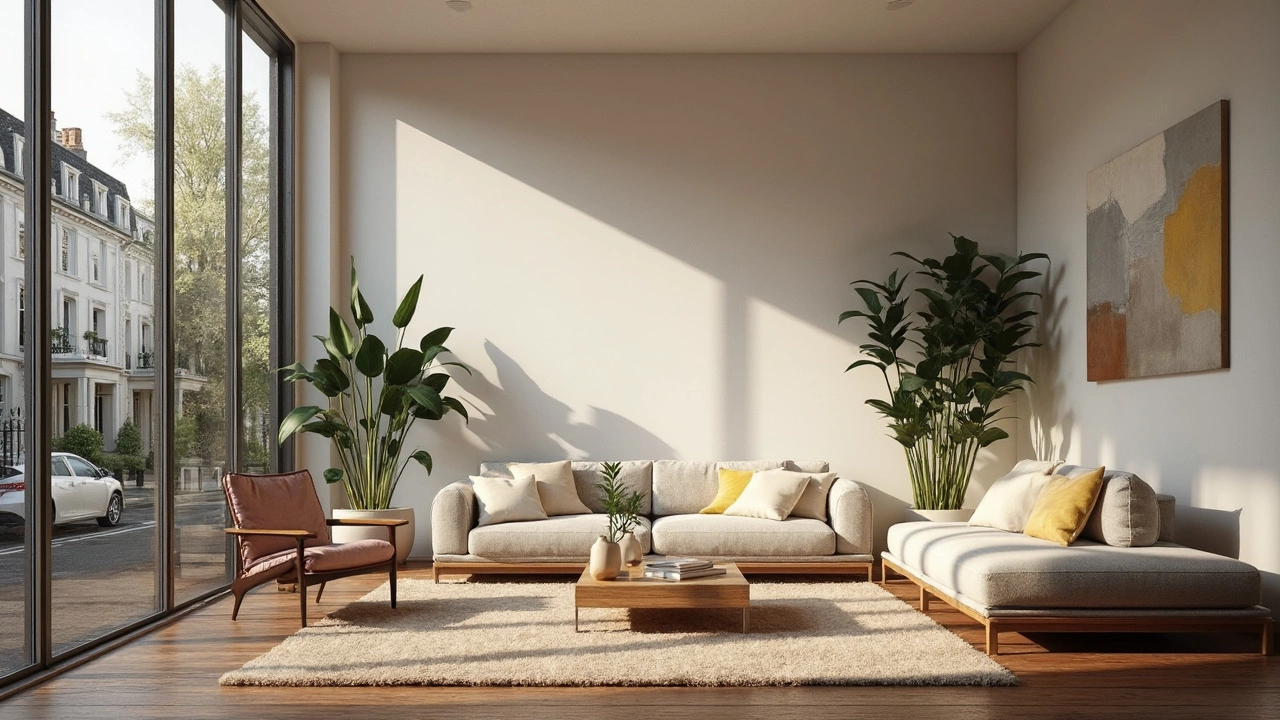Ditching curtains is turning heads in the design world, but is skipping window treatments really the next big thing? This article digs into the real reasons behind the curtain-free trend and weighs up the pros and cons. You'll get smart ideas for keeping your space stylish and practical if you leave windows bare. Plus, there are handy tips for dealing with privacy and sunlight—no curtains needed. Get ready to see windows in a totally new light.
All About Curtains: When to Use Them, When to Skip Them, and What Works Better
If you’ve ever stared at a window and wondered whether curtains are the right call, you’re not alone. Curtains can add softness, block light, and keep a room feeling cozy, but they aren’t always the best fit. Below we break down the basics, share the moments where drapes fall short, and suggest modern alternatives that keep your space looking fresh.
When Curtains Shine
Most rooms benefit from a light‑filtering fabric. A sheer curtain lets natural light bounce around while giving you a hint of privacy – perfect for living rooms or kitchens where you want brightness without glare. If you need full darkness for a home cinema or bedroom, opt for a heavy blackout panel. These are easy to install with a simple rod and can be drawn in seconds.
Choosing the right colour is easier than you think. Neutral shades like soft grey or warm ivory blend with most décor, while a bold hue can become the focal point of the room. If you’re worried about stains, pick a fabric with a tight weave or a washable coating – most modern curtains are machine‑friendly.
When Not to Use Drapes (And What to Try Instead)
There are a few situations where drapes just don’t work. Large glass doors that swing open need something that won’t get tangled – think panel tracks or blind systems. In bathrooms, moisture can damage fabric quickly, so a frosted glass panel or moisture‑resistant blinds are smarter choices.
Another common pitfall is using heavy drapes in a small room. They can make the space feel cramped and pull the eye downwards. Instead, try a simple roller shade or a sleek bamboo blind. These options take up less visual bulk and still give you control over light and privacy.
If you’re after a modern look, consider metal or wooden slat blinds. They add texture without the softness of fabric, and they’re easy to clean. For a truly minimalist vibe, go for a fixed privacy film on the glass – it blocks view but lets light filter through.
Don’t forget about layering. A light sheer panel paired with a blackout pull‑down gives you flexibility: daytime privacy with a breezy feel, night‑time darkness when you need it. This combo works well in bedrooms and media rooms alike.
Practical Tips for Installing and Maintaining Curtains
Measure twice, install once. Grab a tape measure, note the width of the window plus extra for overlap (about 10‑15 cm each side). For height, decide if you want the curtain to sit just above the sill or brush the floor – the latter makes the room feel taller.
Use sturdy curtain rods with proper brackets; a weak rod will sag under heavy fabric and look sloppy. If you’re dealing with uneven walls, a tension rod can be a quick fix for lightweight panels.
Cleaning is a breeze when you pick the right material. Most cotton or polyester blends survive a gentle cycle on a delicate setting. For delicate silks, spot‑clean with a mild detergent and let air‑dry.
Finally, think about the hardware. Decorative finials can turn a plain rod into a statement piece, while cord‑free pull‑systems are safer for kids and pets.
Whether you stick with classic curtains, swap to blinds, or experiment with a mix of both, the right window treatment can instantly lift a room’s mood. Use these tips, test a few options, and you’ll find the perfect balance of style, function, and comfort for any space.
